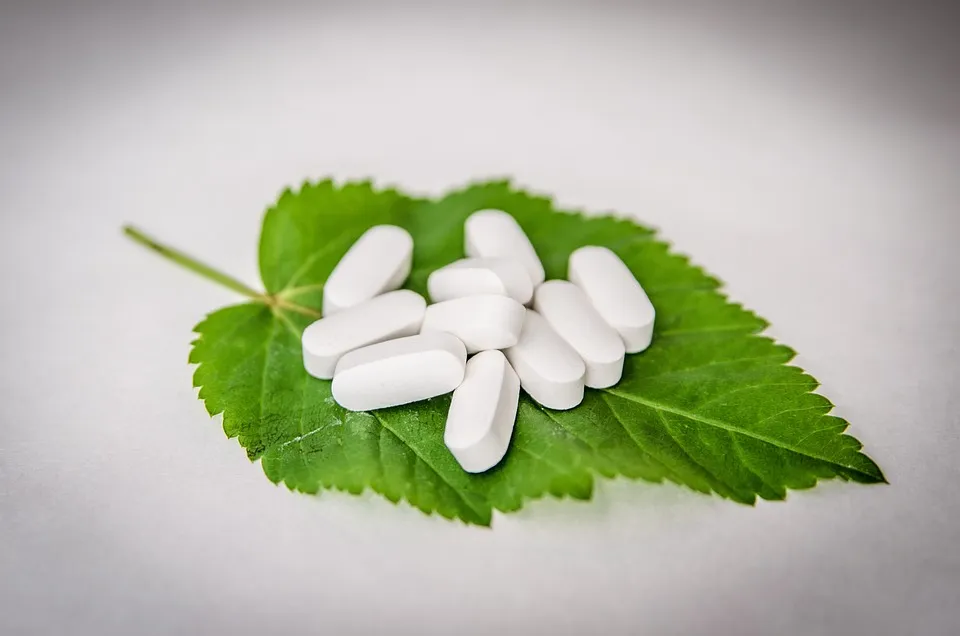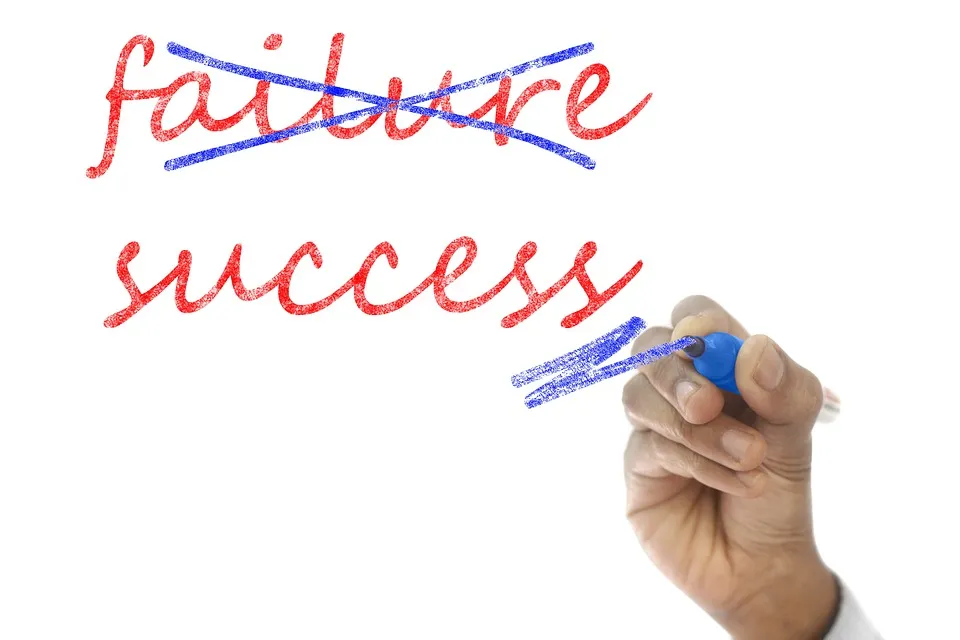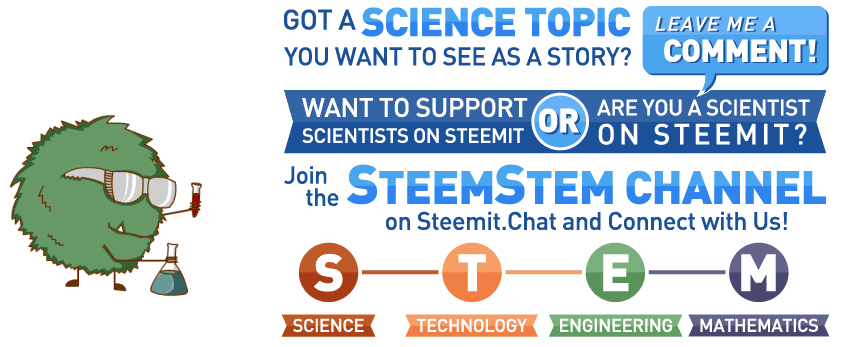
I love the word “promising” when reading publications. It’s even better than “the results were not statistically significant” because if you don’t know better, you might think “yes! They found a cure!”. It’s often not the case though.
If you have a bunch of cancer cells in a petri dish and pour pure lemon juice over them, they’ll die. So, ** (that’s basically what this means), lemon juice kills cancer! Nice! Very promising!
And then they give a cancer patient a glass of lemon juice, testing it in vivo and … nothing happens. Maybe the patient pulls a face because the juice is too sour. Maybe they’re allergic to citrus fruit, go into anaphylactic shock and die. But the “promising” results from the petri dish didn’t appear in the actual situation they were needed in.
The testing of new drugs is, of course, a bit more sophisticated than pouring lemon juice on cancer cells, at least in most cases. But in the end, there is always the question: “Did this work because I isolated the cells from their natural environment or despite?”
To answer this, the next step is usually testing it in animals (mostly mice). For many drugs, it stops here because their effects are either not replicable or the side effects are so bad that no sane person would test this on a human. But if everything looks good (and the drug is approved for human testing), it goes into clinical trials.
In phase 0, they test the drug on a small number of people in a very low dose, generally not enough to treat anything. Behavior of the drug, movement in the body and general responses are what’s being looked at during this time. @suesa
Phase I has some more patients and is used to figure out the safe dosage, side effects and again, the effects on the disease (does the cancer shrink?).

Phase II is similar to Phase I and basically serves as the next step to Phase III, which compares the new drug to those already available. The final phase, phase IV, starts when the drug is already licensed and is looking at the long-term risks and benefits, the side effects and its effect on a larger number of patients.
You can already guess that all of this takes a lot of time and the development can fail at any stage, a medication already on the market can be taken off of it if it proves to be dangerous after all (see Contergan). But how often do we hear about that? Most of the time, I just hear people complaining about how the “promising drug X is still not on the market”.
This morning, I stumbled across the Unlucky 13 list by the GEN journal, which presents 13 drugs that failed during their clinical trials. I picked some to show you what can happen to make such a trial fail - and what the results are.
The drug was intended to treat wet age-related macular degeneration, which is an eye disease, caused by abnormal blood vessels. It wasn’t the first study, two others that completed Phase III had failed before, as there was no benefit for the patients.
The company finally concluded that the drug was unlikely to succeed. The failed study was followed by a firing of about 80% of all employees.
The heart of pregnant women needs to do a lot more work than that of the average human. The hormone relaxin-2 is believed to help that, as it’s found in higher concentrations during pregnancy. Building on that assumption, Novartis created seralaxin, a drug similar to the hormone, which was supposed to reduce worsening heart failure and cardiovascular death.
During Phase III, it didn’t do either successfully.
There were plans to remove 500 jobs shortly after.
Created to help with progression-free survival ("the length of time during and after the treatment of a disease, such as cancer, that a patient lives with the disease but it does not get worse"), tarextumab didn’t provide results that were significantly better than those from the placebo group. Tarextumab combined with chemotherapy gave the patients 5.6 months of progression-free survival, chemotherapy and the placebo 5.5 months. This time, it was a failure during Phase II.
The failures above might be frustrating, but at least the results were just “doesn’t work” and not “is probably the reason our patients die”. During Phase III, seven patients developed sepsis and five of them died. Four of the seven had agranulocytosis, which is an acute condition with a dangerously low white blood cell count.
If patients start dying, you can’t keep researching. Obviously.
It’s almost surprising that, despite all these trials, there are still drugs that turn out to be dangerous. But the process isn’t perfect, it’s (at least right now) impossible to test new medication and include all possible genetic variations.
And considering the fact that sometimes people die during the clinical trials, it’s even understandable that we haven’t managed to get rid of animal experiments yet.
In any case, I want you to keep this in mind: Just because a substance is described as “promising” in a publication doesn’t mean it will work as medication. Think.
Sources:
Novartis Axes 500 HQ Jobs, Adds 350 "High-Tech" Positions
Seattle Genetics Halts Enrollment in Vadastuximab Talirine Trials
What Is Acute Myeloid Leukemia?
After Patient Deaths, Acorda Halts Development of Parkinson's Candidate Tozadenant
OncoMed Reviews Portfolio after Tarextumab, Brontictuzumab Setbacks
Novartis' AHF Drug Serelaxin Fails Trial Nearly Three Years after FDA Rejection
Anticipating Third Phase III Failure, Ophthotech and Novartis Rework Fovista Accord
Pictures taken from pixabay.com
